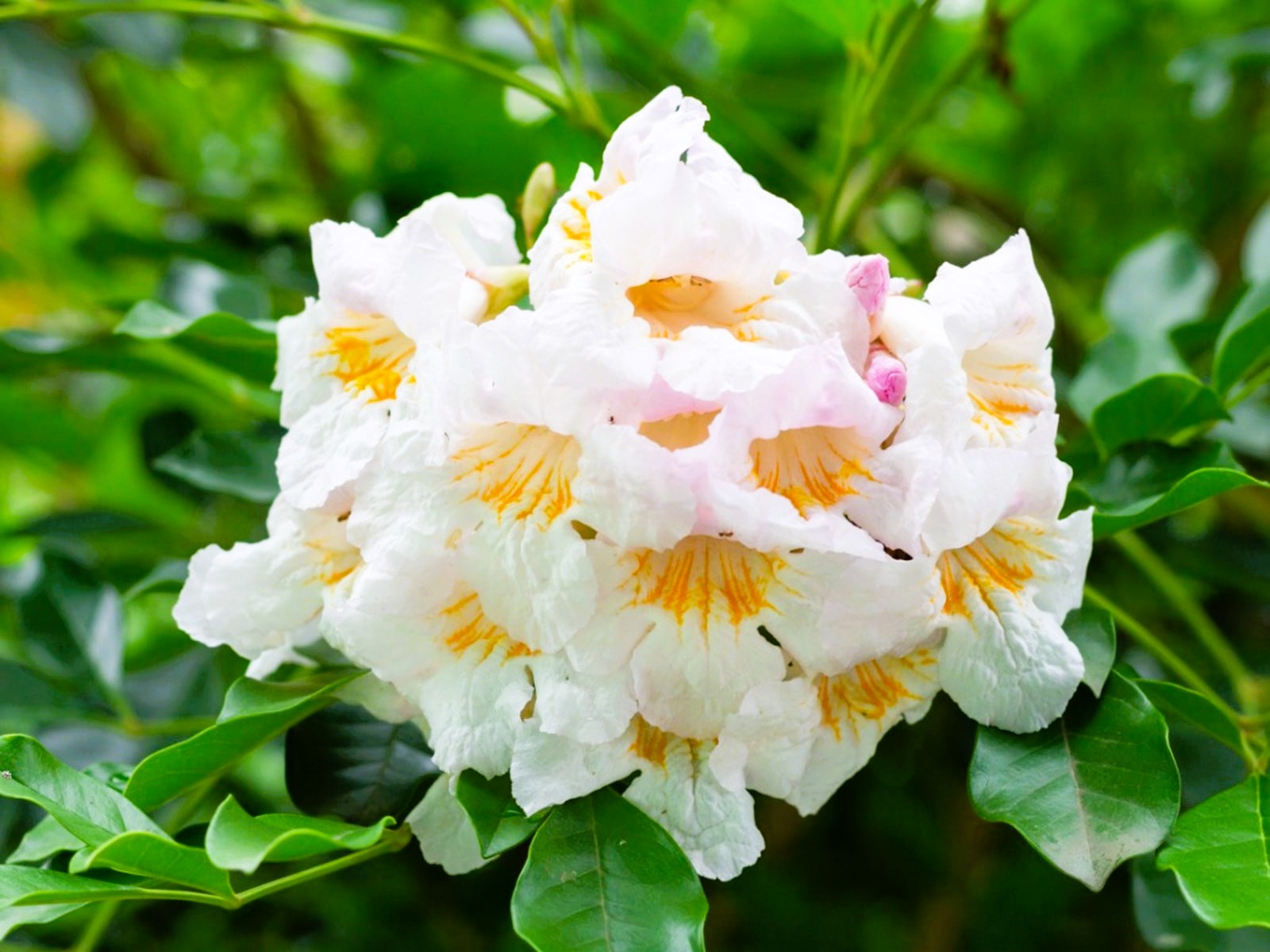The China doll plant, with its glossy green foliage and compact structure, brings a lush look to any indoor space. However, its reputation for being somewhat demanding can intimidate even seasoned plant enthusiasts. But don’t worry! With the right care routine and a solid understanding of what makes this plant thrive, maintaining a healthy China doll plant is entirely doable. Here’s a complete guide to everything you need to know about caring for your optimal light to handling that notorious leaf drop.
Getting to Know the China Doll Plant
Before diving into its care, let’s quickly cover what makes the China doll plant unique. Scientifically named Radermachera sinica, this plant is native to subtropical regions in China and Taiwan. Its natural habitat gives clues about its needs: it prefers bright, indirect light and relatively humid environments. The compact, bushy plant has fine-textured leaves, which makes it a visual standout. Unlike some houseplants that are incredibly tolerant of different conditions, the China doll needs consistency.
Lighting for the China Doll Plant
The China doll plant loves bright, indirect light. Think of where you’d place most light-loving indoor plants and provide similar care. This plant won’t fare well under direct sunlight for extended periods, which can burn its delicate leaves.
- Ideal Positioning: Position the plant near a window with filtered light, ideally in an east- or north-facing window where the sun isn’t too intense. South or west windows can work too, but it’s best to use sheer curtains or keep it just out of the sun’s direct rays.
- Supplementing with Grow Lights: For homes that lack enough natural light, full-spectrum grow lights can be an excellent addition to the care routine. A light schedule of about 10-12 hours daily replicates the day length the plant would experience in nature.
Watering Tips for a Healthy China Doll Plant
Watering is where things can get tricky with a China doll plant. Too much water leads to root rot, while too little causes leaf drop, so balance is essential.
- Water Frequency: Water when the top 1-2 inches of soil feels dry. Test with your finger—if it feels dry at this depth, it’s time to water. In general, this will mean watering every 7-10 days, but it may vary with room temperature, light, and season.
- Avoid Overwatering: One of the top reasons China doll plants struggle indoors is overwatering. Always check drainage, as sitting water will damage the roots.
- Seasonal Adjustments: In the warmer months, you may need to water more frequently due to evaporation, while in the winter, the plant’s growth slows down, so watering intervals should be longer.
Soil and Potting Tips
A well-draining soil mix and the right pot help avoid the soggy conditions that the China doll plant can’t tolerate. Here’s what to consider:
- Soil Mix: Opt for a loose, well-draining potting mix with added perlite or pumice to enhance aeration. Regular potting soil can retain too much moisture for the plant’s liking, so consider a blend specifically designed for indoor plants.
- Pot Choice: The pot should have drainage holes to prevent water buildup. Terracotta pots are ideal as they absorb excess moisture, providing a balanced environment for the roots. Just ensure to keep an eye on the soil’s moisture level, as terracotta can dry soil faster than other materials.
- Repotting Frequency: China doll plants don’t require frequent repotting and may become stressed if moved around too often. Aim for repotting every 2-3 years in spring when you notice root growth circling the pot or growing out from the drainage holes.
Humidity Needs of the China Doll Plant
Since this plant originates from humid, subtropical regions, it has fairly high humidity needs compared to other indoor plants. In low-humidity homes, there are a few ways to meet this requirement:
- Humidity Level: Aim for a humidity level of at least 40-50%. During winter, indoor air can be particularly dry due to heating systems, which can stress the plant.
- Humidity Solutions: A simple humidity tray or regular misting helps keep the air around the plant moist. A room humidifier can also be a practical solution for consistent humidity, particularly in colder seasons.
- Avoid Dry Areas: Keep the plant away from drafts, heaters, or air conditioning units, as these will lower humidity and increase the risk of leaf drop.
Fertilizing China Doll Plants
Like most houseplants, the China doll benefits from regular feeding, especially during the growing season. Fertilizer provides the necessary nutrients for vibrant, healthy foliage.
- Frequency and Type: Use a balanced, water-soluble fertilizer every 4-6 weeks during the growing season, typically from spring through early fall. Dilute the fertilizer to half-strength to avoid overfeeding, which can damage the roots.
- When to Cut Back: In winter, reduce feeding as the plant’s growth slows. Over-fertilizing during this period can lead to salt buildup in the soil, which might cause leaf browning or dropping.
- Signs of Nutrient Deficiency: Yellowing or stunted leaves can indicate a lack of nutrients. If you notice this, adjust the feeding schedule or evaluate the type of fertilizer used.
Pruning and Shaping the China Doll Plant
This plant has a natural tendency to grow bushy, but it’s also prone to legginess if not pruned regularly. Here’s how to keep it in shape:
- When to Prune: Early spring, as the plant starts its growing season, is the ideal time for pruning. Use clean, sharp scissors to remove any leggy stems and shape the plant.
- Encourage Bushiness: Regular pinching or trimming back the tips of new growth encourages a fuller look, keeping the plant compact. Remove any weak or thin branches to let the plant direct its energy into stronger growth.
- Removing Dead Foliage: Any dead or yellowing leaves should be removed to maintain a tidy appearance and prevent potential pest issues.
Addressing Common Issues
China doll plants may be sensitive, but with the right approach, you can tackle their common issues effectively:
- Leaf Drop: The plant is notorious for leaf drop when its conditions change. This may happen if it’s moved or if there’s a shift in watering or light. When this happens, avoid further stress—maintain stable care routines and watch for new growth.
- Pest Control: Common pests include spider mites and aphids. Routine checks and a weekly spray with neem oil can help prevent infestations. Isolate any affected plants immediately to protect other houseplants.
- Yellow Leaves: Overwatering or poor drainage often causes yellowing leaves. Check your watering schedule and ensure the pot drains effectively.
China Doll Plant FAQs
How Can I Propagate My China Doll Plant?
China doll plants are best propagated through stem cuttings. Select a healthy, mature stem and cut a 4-6 inch section below a leaf node. Remove the lower leaves, dip the end in rooting hormone, and place it in moist, well-draining soil. Cover with plastic to create a mini greenhouse effect, which retains humidity until roots form.
What Should I Do If My China Doll Plant Looks Leggy?
Legginess often results from low light. Adjust its lighting conditions or use a grow light to provide the necessary intensity. Regular pruning also helps the plant stay full and compact.
How Do I Know If My China Doll Needs More Humidity?
If the leaves appear crisp or brown around the edges, it’s likely a sign of low humidity. Increase misting or use a humidity tray to improve the environment around the plant.
Can the China Doll Plant Go Outdoors?
China doll plants can be kept outdoors in warm, humid climates, ideally in a shaded area with indirect sunlight. However, they’re sensitive to cold temperatures, so bring them indoors once temperatures drop below 50°F (10°C).
Summary
Caring for a China doll plant is all about providing consistent conditions that mimic its natural habitat. By focusing on balanced watering, humidity, and light, this lush green plant can flourish indoors. It may seem finicky, but once you understand its needs, the China doll can become a beautiful and rewarding part of your indoor garden. With a little patience and a steady routine, you can keep it healthy, vibrant, and thriving in your space. Happy planting!

